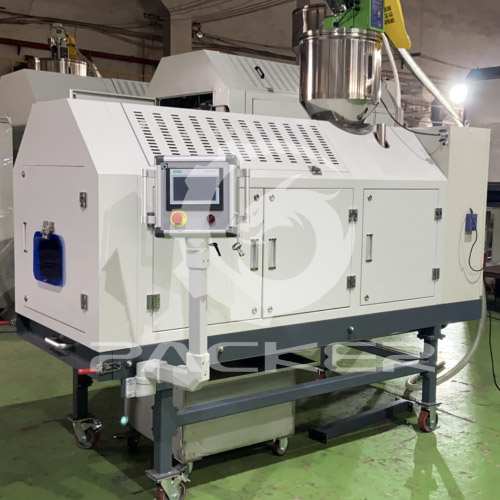 English
English Español
Español  Português
Português  русский
русский  Français
Français  日本語
日本語  Deutsch
Deutsch  tiếng Việt
tiếng Việt  Italiano
Italiano  Nederlands
Nederlands  ภาษาไทย
ภาษาไทย  Polski
Polski  한국어
한국어  Svenska
Svenska  magyar
magyar  Malay
Malay  বাংলা ভাষার
বাংলা ভাষার  Dansk
Dansk  Suomi
Suomi  हिन्दी
हिन्दी  Pilipino
Pilipino  Türkçe
Türkçe  Gaeilge
Gaeilge  العربية
العربية  Indonesia
Indonesia  Norsk
Norsk  تمل
تمل  český
český  ελληνικά
ελληνικά  український
український  Javanese
Javanese  فارسی
فارسی  தமிழ்
தமிழ்  తెలుగు
తెలుగు  नेपाली
नेपाली  Burmese
Burmese  български
български  ລາວ
ລາວ  Latine
Latine  Қазақша
Қазақша  Euskal
Euskal  Azərbaycan
Azərbaycan  Slovenský jazyk
Slovenský jazyk  Македонски
Македонски  Lietuvos
Lietuvos  Eesti Keel
Eesti Keel  Română
Română  Slovenski
Slovenski  मराठी
मराठी  Srpski језик
Srpski језик
The working principle of the plastic infrared dryer
2021-11-03
Infrared is also called "infrared light". In the electromagnetic spectrum, electromagnetic radiation with a wavelength between red light and microwave. Beyond the range of visible light, the wavelength is longer than that of red light, which has significant thermal effect. Infrared drying technology makes use of its unique thermal effect. The infrared ray is easily absorbed by the object, and it has the characteristics of radiation, penetration and electromagnetic wave. It has special affinity for polar substances, such as water molecules. It goes deep into the interior of the material and is transformed into the internal energy of the object, so that the object can obtain the heat energy required for drying in a very short time. The internal and external functions at the same time, which can more effectively and completely remove the combined water in the material, So as to achieve a more ideal drying effect, so as to avoid energy loss caused by heating heat transfer media, which is beneficial to energy saving. At the same time, infrared ray is easy to produce, good controllability, rapid heating and short drying time.
The wavelength range of infrared is about 0.75nm to 1000nm, which is named because its wavelength is outside the red light wavelength (about 0.6Nm to 0.75nm). Infrared ray is the most important thermal ray in the conventional industrial thermal range below 2000 ℃.
People sometimes divide infrared into several small areas such as "near infrared", "medium infrared" and "far infrared". The so-called far, medium and near refers to the relative distance from red light in the electromagnetic spectrum. Infrared radiation belongs to thermal radiation. Some basic concepts of thermal radiation are applicable to the process of infrared radiation heat transfer.

The wavelength range of infrared is about 0.75nm to 1000nm, which is named because its wavelength is outside the red light wavelength (about 0.6Nm to 0.75nm). Infrared ray is the most important thermal ray in the conventional industrial thermal range below 2000 ℃.
People sometimes divide infrared into several small areas such as "near infrared", "medium infrared" and "far infrared". The so-called far, medium and near refers to the relative distance from red light in the electromagnetic spectrum. Infrared radiation belongs to thermal radiation. Some basic concepts of thermal radiation are applicable to the process of infrared radiation heat transfer.




